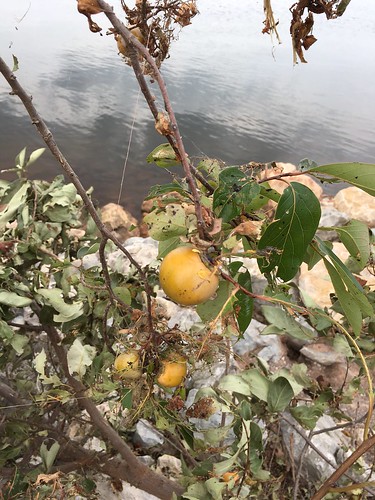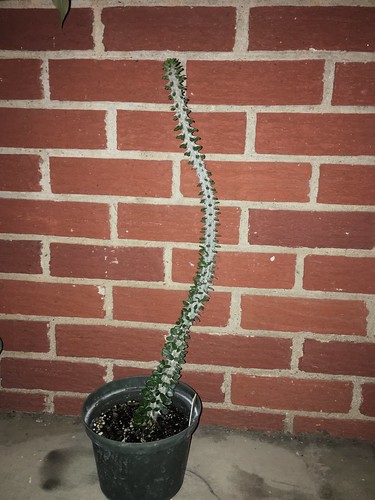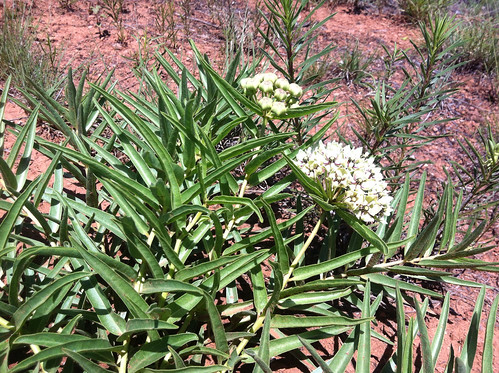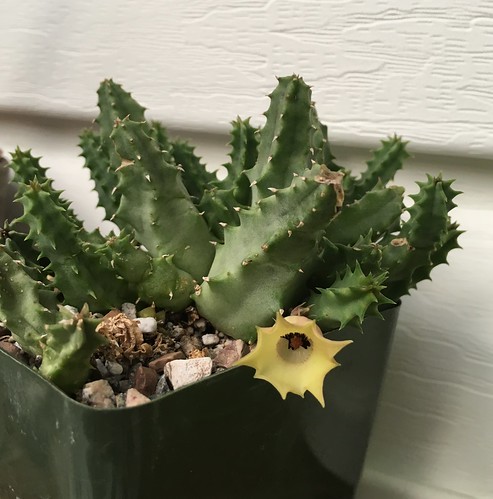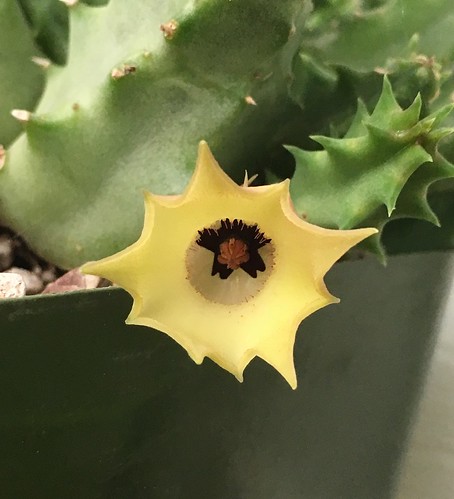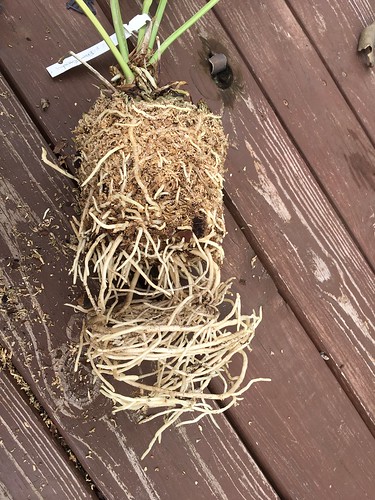From the moment I first saw one, I have loved Orchid Trees (
Bauhinia).
Bauhinia is a genus of more than 500 species of tropical flowering plants, many of them trees, but some are more shrubs and some are even vines. They are found throughout the world in tropical regions and I have seen them growing in the wild, as well as cultivated in yards in the southern US. In Galveston, there are several
Bauhinia variegata growing in front yards and flowering with their beautiful pink or white blooms.
 |
| Bauhinia variegata seedlings |
A few years ago I collected some seeds from a tree in Galveston and was able to germinate those seeds. I tried planting a few of the young seedlings to the Galveston yard, but they didn't make it. I don't know if their sunlight was choked out by their more aggressive neighbors, or something else happened. I have a few saplings now that have gotten to a decent size and I plan to plant in the Galveston yard when they get even a little bit larger.
 |
| Young Bauhinia variegata seedlings that I transplanted to Galveston garden. |
As beautiful as the blooms are, the leaves are every bit as stunning. They unfold like a set of hands asking for a piece of bread. I read that Linnaeus named this genus after a set of twin botanists, which is fitting due to the symmetric, two lobed leaf.
 |
| Bauhinia variegata flowers on a tree in Galveston |
I mentioned that there are some species of
Bauhinia that are vining. I saw one of these species at the Singapore Botanic Gardens a few years ago (photo below). The stems are woody and there is a fuzzy brown sheath that covers the new leaves as they emerge. The emergent leaves are sort of red and bronze, turning to a medium green with dark veins.
 |
| Bauhinia semibifida at Singapore Botanic Gardens |
On my most recent trip to Galveston I visited a nursery and came across a beautiful miniature
Bauhinia in a pot that I assume is meant to stay a miniature. It is
Bauhinia galpinii and it is so cute.
 |
| Bauhinia galpinii |
There are actually two small trees in the pot and one of them has much smaller leaves than the other. Since I have grown
Bauhinia variegata from seed and know that the leaves are large from a young age, I do believe this is actually going to retain the small leaves.
 |
| Tiny leaves of Bauhinia galpinii |
My plant is not yet blooming, but I found photos of the flowers online. They are salmon red and petite compared to
B. variegata, but of the same shape. I hope I can keep this plant happy in the greenhouse over the winter and then I have the perfect place for it next spring when it is warm enough to move my plants outdoors.















